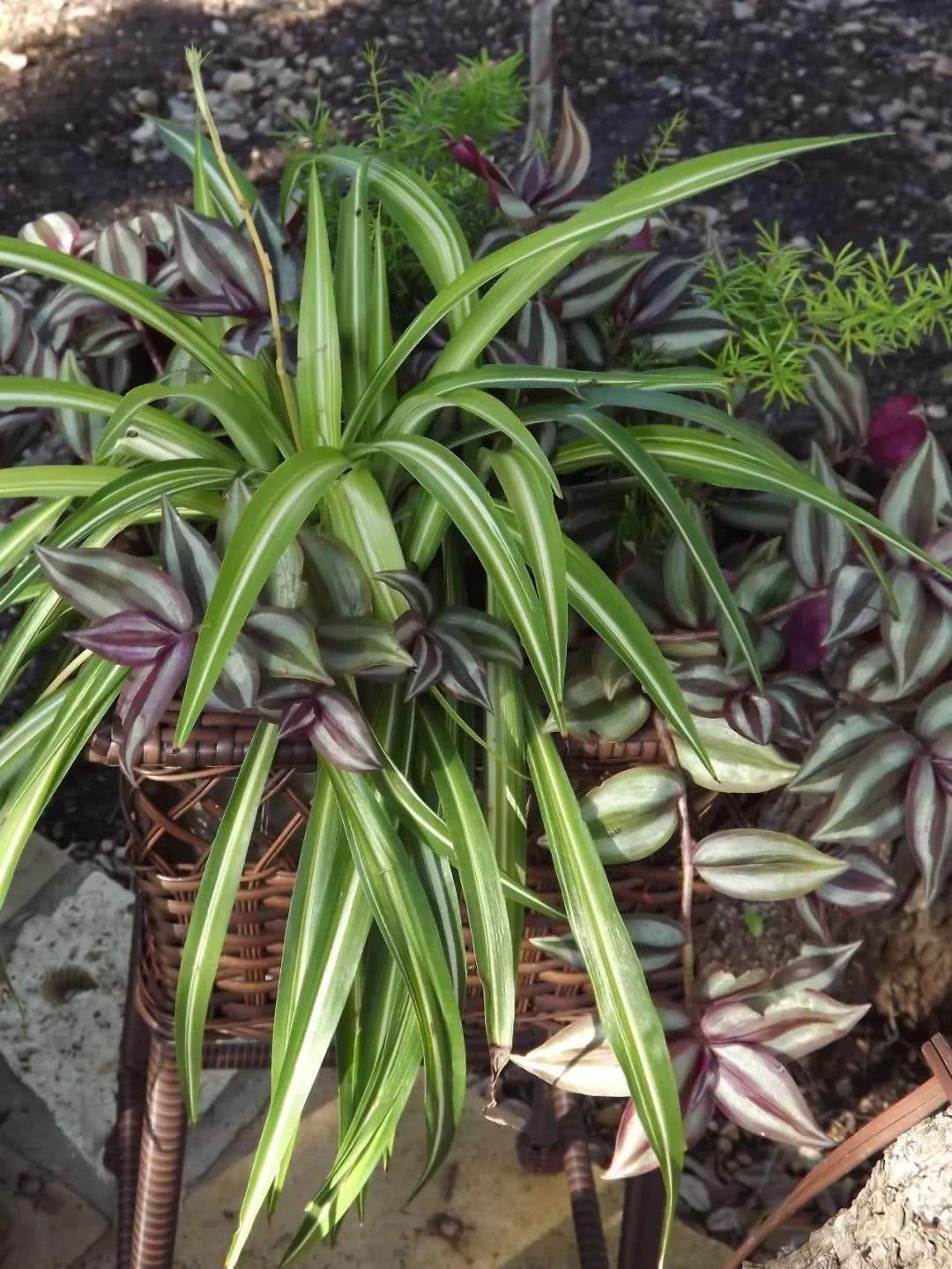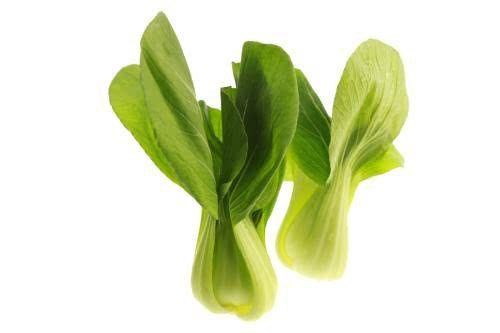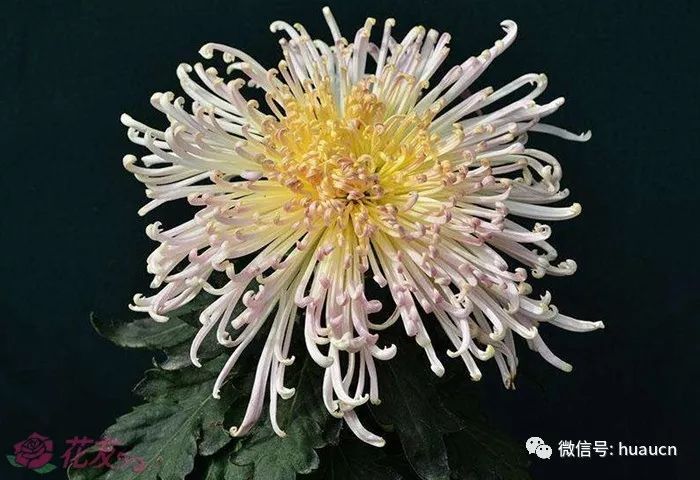The dry tip of the leaves in the indoor maintenance is easy to cause yellow leaves and wilt if not treated.

Cymbidium is a common indoor potted green plant, it has always been called a novice plant or lazy plant, does not need regular management, conservation location can have appropriate light, but also can be kept in a shady environment, it needs little water, has a good drought tolerance, and only needs to water thoroughly after the soil is dry.
Hanging orchids are generally raised at home as indoor potted plants, and the most suitable environment for display is on the east-facing windowsill, with appropriate scattered light every day, but to avoid excessive exposure, appropriate shade is needed in the afternoon.
Recently, a flower friend asked me that the leaves of his hanging orchids turned yellow and withered, and the first state appeared was the dry tip of the leaves. If the leaves were not dealt with in time, the situation of the leaves became more and more serious. Let's take a look at the problems that often occur in the maintenance of hanging orchids. If there is dust on the leaves of the orchid, it should be cleaned in time to avoid affecting photosynthesis, otherwise it will lead to the dry tip of the leaves.
There are many blacktips in hanging orchids. If the leaves are dry and black in summer, it is likely to be caused by excessive sun exposure or excessive drought.
Of course, if your hanging orchid leaves show signs of black rot, it may be too much watering, or it may be the dry tip caused by an overheated environment and lack of ventilation and light.
If you maintain the environment of the orchid is relatively dry, it is also easy to cause the condition of the dry tip, and it is also very easy to improve the condition of the orchid. At this time, you need to cut off the diseased leaves in time and finally plant the surrounding spray-like water. Keep watering regularly, but avoid long-term moisture or stagnant water.
The pot pictured above is a clogged orchid. Even regular watering can not save the leaves from yellowing and withering. What needs to be done is to cut off the yellow leaves in time and remove all diseased branches. Plant on loose and drained soil.
The root system of Cymbidium is fleshy, which stores a lot of water, so it needs little water, and it is difficult to deal with rotten roots.
Pot maintenance at home, you should also pay attention to check whether the soil caking condition, of course, it is also possible that the basin has not been changed for many years, resulting in too little soil nutrients. The cultivation of Cymbidium must use loose and drained sandy soil, avoid using some soil that is easy to accumulate water, and cannot be cultivated with heavy soil, let alone garden soil. There is no problem with these soil cultivation, but the soil is particularly easy to harden over a long period of time, and eventually it is easy to accumulate water and rot the root.
If the maintenance of the orchid needs a few hours of light every day, it needs to be watered regularly to avoid excessive drought and keep the soil moist during the growing period. Summer maintenance orchids can be placed in a position with scattered light in the morning or evening, and shade maintenance is needed when the sun is strong at noon and afternoon.
- Prev

Small rape is really good. If you want to grow it on the balcony, you still need to do this.
Everyone should have eaten small rape on weekdays, which tastes good and has many benefits to our health, so what should we do if we want to cultivate small rape on our balcony? The editor is here.
- Next

Control methods of diseases and insect pests of flower green plants three kinds of insects are easy to recruit: chrysanthemum, jasmine and rose
Many people like to raise some flowers and plants indoors, which not only greens the environment but also edifies interest. But flowers and plants are not only a little delicate, but also easily "favored" by some bugs, which is annoying and helpless. Introduce some kinds of flowers to the flower friends.
Related
- Wuhan Hospital Iron Tree Blooming Result Was Instantly Frightened by the Gardener Master
- Which variety of camellia is the most fragrant and best? Which one do you like best?
- What is the small blue coat, the breeding methods and matters needing attention of the succulent plant
- Dormancy time and maintenance management of succulent plants during dormancy
- Minas succulent how to raise, Minas succulent plant pictures
- What are the varieties of winter succulent plants
- How to raise succulent plants in twelve rolls? let's take a look at some experience of breeding twelve rolls.
- Attention should be paid to water control for succulent plants during dormant period (winter and summer)
- Watering experience of twelve rolls of succulent plants
- Techniques for fertilizing succulent plants. An article will let you know how to fertilize succulent plants.

